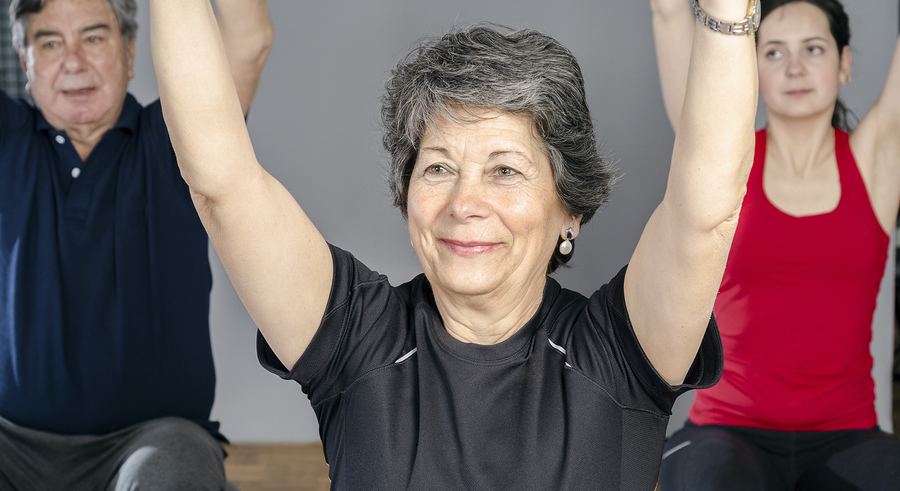Better posture, improved flexibility, decreased back pain – these are just a few benefits of regular Pilates training. The Pilates method, which focuses on slow, controlled movements to strengthen and stabilize the core (back and abdominal) muscles, was invented by German-born Joseph Pilates in 1912. Joseph, a sickly child, used physical fitness and sheer determination to overcome his ailments which included rheumatic fever, rickets, and asthma. Later, while detained in a WWI German prison camp, he developed his namesake Pilates exercise technique, which utilized six key principles: “breath, concentration, centering, control, precision, and flow”.
The Basics
The Pilates Method aids in the development of strength, balance, flexibility, and coordination. Pilates enthusiasts also foster a mind-body connection by performing precise movements in conjunction with controlled, rhythmic breathing. This method is not about the number of repetitions performed, but the number of repetitions performed well.
Pilates exercise is most often performed on the floor using an exercise mat, but can also be performed with specialized Pilates equipment designed to increase resistance. This equipment is usually large and found in specialized Pilates studios. Many Pilates moves can be done at home with no equipment.
Who Can Do Pilates
Pilates is beneficial for a wide-range of individuals, from new exercisers to advanced athletes. It can even be performed by those with joint issues or injuries, as it’s low-impact and most often performed in a lying or sitting position. Most importantly, Pilates exercises can be easily modified to accommodate all fitness levels.
The Benefits
Pilates offers numerous benefits, including improved bone density, flexibility, core strength, coordination, and posture.4 Routine Pilates training can also decrease back pain, reduce the risk of sports-related injury, elevate mood, promote weight loss, and aid in the healing of “diastasis recti” which is a separation of the rectus abdominis muscle during pregnancy.
Pilates is great for all levels, so grab an exercise mat and check out one of Virtual Health Partners’ Pilates classes. Our Virtual Fitness Specialists can’t wait to help you discover the benefits of Pilates!
References
1. Pilates for Beginners: Explore the Core. Mayo Clinic website. https://www.mayoclinic.org/healthy-lifestyle/fitness/in-depth/pilates-for-beginners/art-20047673. Published August 18, 2016. Accessed October 30, 2017.
2. The History of Pilates. Pilates Foundation website. http://www.pilatesfoundation.com/pilates/the-history-of-pilates/. Accessed October 30, 2017.
3. The Benefits of Pilates. Balanced Body website. https://www.pilates.com/BBAPP/V/pilates/benefits-of-pilates.html. Accessed October 30, 2017.
4. Melone L. 10 Surprising Benefits of Pilates. Livestrong website. https://www.livestrong.com/slideshow/1011129-10-surprising-benefits-pilates/#slide=12. Updated October 5, 2016. Accessed October 30, 2017.





